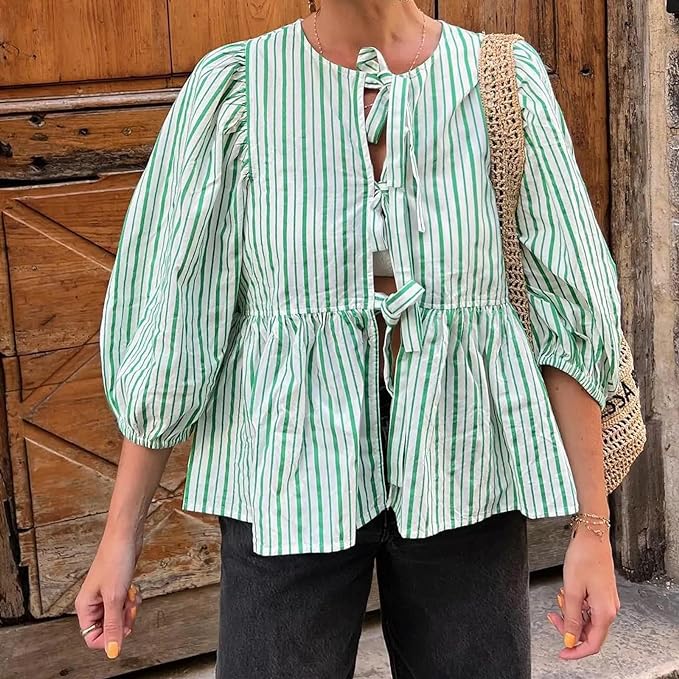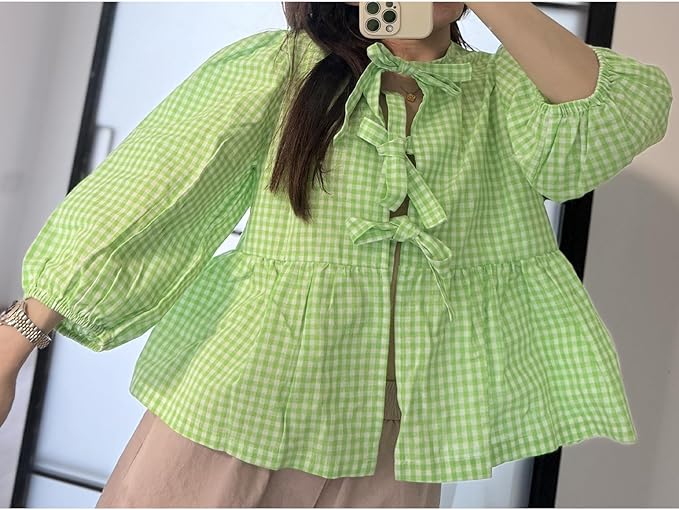Understanding Coquetry: The Fine Line Between Flirtation and Art
The Historical Context of Coquetry
Coquette, often defined as the act of flirtatious behavior without serious intentions, has roots deeply entrenched in the social fabric of many cultures throughout history. This art of playful attraction was not merely about romantic endeavors but was also a subtle form of social negotiation, allowing women, in particular, to navigate the complex hierarchies of their time. Historically, coquette was bound by stringent societal norms; it was an accepted, even encouraged, form of interaction within the upper echelons, serving both as entertainment and a muted battleground for status and power. The nuances of this practice have evolved, reflecting the changing dynamics of gender, power, and social interaction.
The Psychological Undertones of coquette
At its core, coquette is an intricate dance of signals and responses, deeply rooted in the innate human desire for connection and validation. Psychologically, the coquette plays on the fundamental principles of attraction, employing ambiguity, intrigue, and the thrill of the chase to captivate the attention of their admirer. This manipulation of perception and desire, when practiced skillfully, can elevate coquetry from mere flirtation to an art form. However, it also raises questions about authenticity, vulnerability, and the ethical boundaries of influencing another’s emotions.

Modern Coquetry in Digital Age
In the digital era, coquetry has transcended the physical realm, finding a new playground in the vast networks of social media and dating apps. The ease of virtual communication has fostered an environment where flirtatious interactions can be more bold and direct, yet the essence of coquetry—the allure of ambiguity and the promise of possibility—remains unchanged. This modern adaptation has democratized coquetry, making it a more inclusive and varied practice, but it has also introduced complexities related to digital privacy, identity, and the potential for misinterpretation.
The Sociocultural Implications of Coquetry
Coquetry as a Reflection of Gender Dynamics
The practice of coquette, historically seen as predominantly feminine, offers a window into the evolving landscapes of gender roles and expectations. It reflects the subtle ways in which women have exercised agency and influence within the confines of patriarchal structures. However, as society progresses towards a deeper understanding and acceptance of fluid gender identities and expressions. The traditional paradigms of coquetry are being challenged and redefined. This evolution invites a broader examination of how coquetry intersects with issues of gender equality, power, and autonomy.

The Role of Coquetry in Contemporary Romantic Relationships
Coquetry, with its innuendos and playful allure, continues to play a significant role in the dynamics of modern romantic relationships. It serves not only as a tool for sparking initial attraction but also as a means to maintain interest and inject a sense of playfulness into long-term partnerships. This raises interesting questions about the balance between coquetry and sincerity in relationships, the importance of intentionality. And how individuals navigate the line between playful affection and manipulation.
The Global Perspective: Coquetry Across Cultures
An exploration of coquette across different cultures reveals a fascinating tapestry of practices influenced by social norms, religious beliefs, and historical contexts. From the restrained elegance of Japanese flirting to the overt displays often seen in Latin cultures, coquetry takes on diverse forms that reflect the intricate interplay of culture, tradition, and social mores. This global perspective underscores the universality of the desire for connection and the myriad ways humans seek to attract and engage with one another.

Reimagining Coquetry: Ethical Dimensions and Future Directions
The Ethical Considerations of Coquetry
The art of coquetry, for all its charm and vivacity, is not without its ethical dilemmas. The deliberate cultivation of ambiguity and emotional engagement raises questions about honesty, consent, and the potential for emotional harm. As society becomes increasingly attuned to the nuances of interpersonal dynamics and the importance of transparent communication, the traditional practices of coquetry are scrutinized for their adherence to these evolving ethical standards.
Coquetry and Self-Expression: Empowerment or Objectification?
In the realm of self-expression, coquetry Clothing presents a paradox. On one hand, it can be seen as a form of empowerment, a way for individuals to assert their sexuality and interpersonal desires with confidence and creativity. On the other hand, it risks reinforcing objectifying stereotypes, reducing the complex interplay of attraction to a game of surface-level manipulation. Navigating this duality requires a thoughtful consideration of individual agency, societal expectations, and the shifting boundaries of acceptable behavior.

The Future of Coquetry: A New Paradigm
As we consider the future of coquetry, it’s essential to contemplate its role in a world that increasingly values authenticity, emotional intelligence, and mutual respect in romantic pursuits. Could coquetry adapt to embody these values without losing its playful essence? There is potential for a new paradigm that embraces coquetry not as a means of deception but as a celebration of attraction. A mutual dance where both parties are aware and enjoying the interplay. This future perspective on coquetry could foster a space for individuals to celebrate attraction without compromising the emerging ethos of conscious and consensual interaction.
Embracing the New Coquette: Progress and Possibilities in Self-Expression
The Evolution of Coquetry in Art and Media
The portrayal of the coquette in art and media has been subject to praise and criticism. Often seen as a symbol of either feminine mystique or patriarchal oppression. As society evolves, so does the representation of the coquette in novels, films, and popular culture, challenging the traditional stereotypes and reimagining the role of coquetry in the empowerment narrative. Progressive portrayals are dismantling the notion that coquetry is solely a woman’s practice. Depicting it instead as a gender-neutral art form embraced by all who wish to express it.
The Modern Coquette’s Toolkit: Technology and Innovation
Technology has expanded the coquette’s toolkit, providing new avenues for flirtatious encounters. From curated social media profiles to the subtleties of emoji language. Individuals now have unprecedented control over how they present themselves and engage with potential admirers. These digital advancements offer a canvas for creative expression, allowing coquettes to weave intricate webs of attraction that transcend traditional boundaries and redefine what it means to flirt.
In the age of heightened awareness around consent and boundaries, coquetry must be practiced with sensitivity and respect. A modern reinterpretation of coquetry involves an understanding of these dynamics. Ensuring that all parties are comfortable and consent is never undermined. Honing the art of coquetry in today’s world means recognizing and adapting to the changing tides, ensuring that what was once a historical form of power play can transform into a consensual and mutually enjoyable experience.

Concluding Thoughts on the Art of Coquetry
Reflecting on the Coquette’s Place in Society
The figure of the coquette has long fascinated society, embodying the complexities of human attraction and interaction. As our world continues to shift and cultural norms evolve. The coquette’s place within it becomes a subject of introspection. The modern coquette can represent autonomy, self-awareness, and the playful side of human nature. While also considering the wider implications their actions may have within the nuanced tapestry of societal relationships.
Coquetry: A Dance of Complexity and Charm
At its best, coquetry is a dance of complexity and charm. A celebration of human connection that can enhance our interactions by adding layers of depth and excitement. As individuals and societies evolve, so too does the nature of coquetry, adapting to new ideas about respect, equality, and personal expression. The future of coquetry will rely on our ability to maintain this delicate balance,. Honoring the legacy of this cultural artifact while aligning it with contemporary values.
